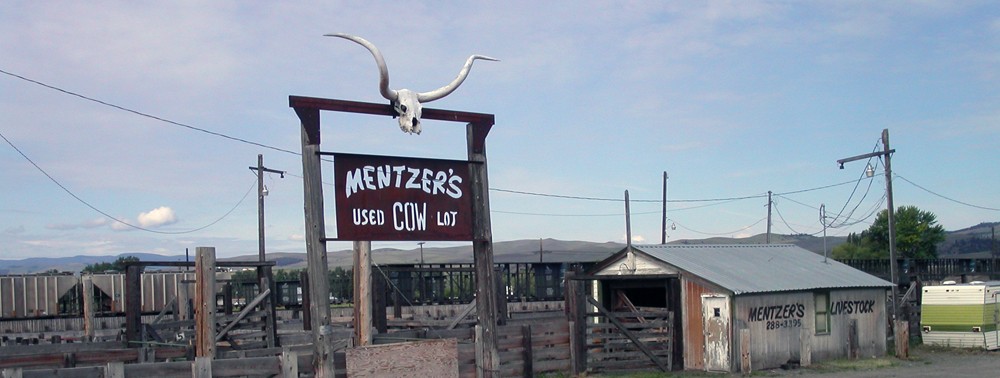Decatur, Ga., blogger Dan Whisenhunt has been covering the impending demolition of a former African American church by a developer who proposes to build 20 townhomes on the site. Built in 1965 by Decatur’s oldest African American congregation after it was displaced by urban renewal, the building housed the former Antioch AME Church until 1995.
The church was not included in Decatur’s 2009 citywide historic resources survey despite widespread knowledge of its transcendental historical significance among the city’s longtime African American residents. Whisenhunt has been reporting on residents in nearby homes – many of them built during and after the 1960s urban renewal project – concerned over the new density coming to the parcel as well as the developer’s plans to cut down an old tree on the property to comply with City stormwater detention requirements.
Continue reading









